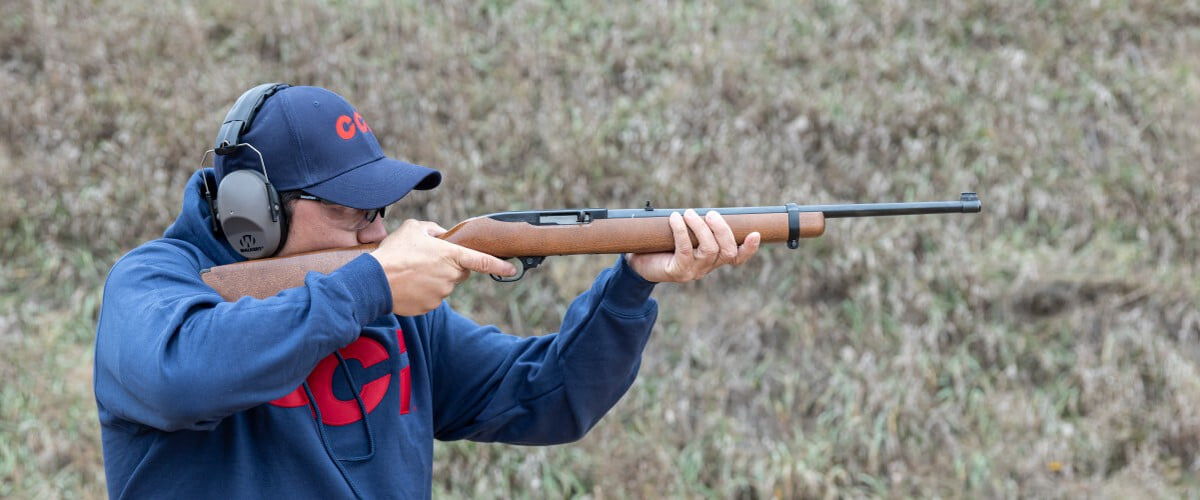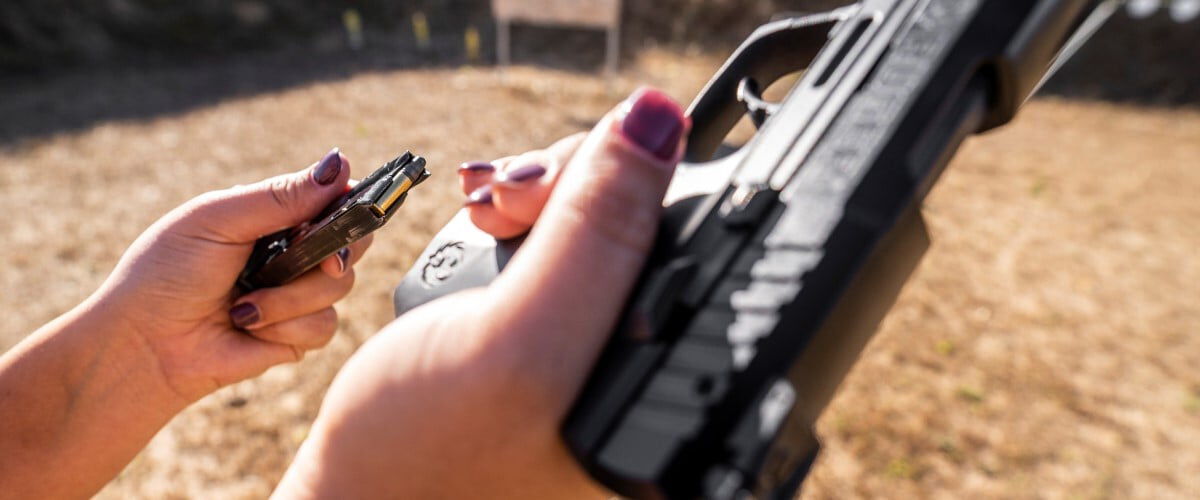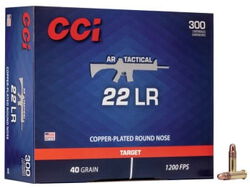
Semi-automatic rimfire rifles and pistols are among the world’s most popular shooting platforms, and for good reason. Yet they can be notoriously finicky, refusing to cycle some rounds while performing flawlessly with others. Many folks scratch their heads at hang-ups, but CCI ambassador Todd Jarrett has some insight. A winner of several world Steel Challenge aggregate championships, he estimates he’s shot about a million .22 rounds in his life, and he says semi-auto problems usually start with the basics.
Making A Diagnosis
“It’s usually the magazine first, the gun itself and then the ammo,” he says. “Those are the key points I like to get out to people.”
Jarrett says shooters should first make sure their magazines are clean and operating correctly, and that magazine springs are up to par.
“They should be replaced after a certain amount of time,” he says. “If you’ve been shooting a gun four or five years and have problems, blame it on the magazine first.”
Shooters should also keep their guns clean to ensure proper operation. And that starts with answering some hard questions.

“Is your chamber clean, and do you have a clean bolt face?” Jarrett says. “Regardless of whether your barrel is dirty or not, it’s your chamber and your bolt face.”
If your gun is clean but you encounter problems, the mainspring or striker spring might be the issue. For example, Jarrett says a friend of his experienced “clickers” with a gun that had a 17-pound mainspring. He went to a 19-pound mainspring and greatly reduced the number of misfires.
“The heavier the firing pin or the striker hits that firing pin, that’s going to be the No. 1 thing you need to increase,” he says. “That can affect trigger pulls across the board. But you get what you pay for. If you’re going to buy a $200 gun, you’re probably going to get $200 performance. More expensive guns in general might have better performance. It’s something to investigate.”
Further, mainsprings and striker springs can wear out, especially in older guns that have been shot thousands of times. Jarrett says firing pins also sometimes need to be replaced—often because of a common error.
“They need to be replaced because people have a tendency to not know that you cannot dry-fire a rimfire firearm,” he says. “If you dry-fire a rimfire cartridge in a semi-auto, you can damage your firing pin. It’s extremely important not to dry-fire it and drop the hammer, because it engages the barrel itself, above the barrel where the cartridge is going to sit at when it’s in the loaded position.”
The Ammo Issue
Last, don’t ignore the cartridges you feed your gun, Jarrett says. As with centerfire firearms, some guns “like” specific ammo better than others. Some rimfire semi-autos might function better shooting lead bullets rather than jacketed bullets, as lead bullets are somewhat slicker. Further, cartridge velocity and bullet grain weight can also be issues.
AR Tactical
We designed these loads specifically for semi-automatic AR-style 22s. They achieve 1.5-inch 10-shot groups at 100 yards in factory testing and provide fast, reliable cycling.
Buy Now
“My recommendation is to get 50 rounds of one projectile and 50 of another and see which one your gun likes,” he says. “Some guns are made with a better feed ramp. Some are essentially a little steeper angle-wise, and that can change from manufacturer to manufacturer. Depending on the feed ramp, a gun might not like a 40-grain bullet but might like a sharper-nosed 36 grain bullet. Each manufacturer will generally give a recommendation on what that gun likes.”
And attention to details such as that can keep your rimfire semiautos shooting without issues.